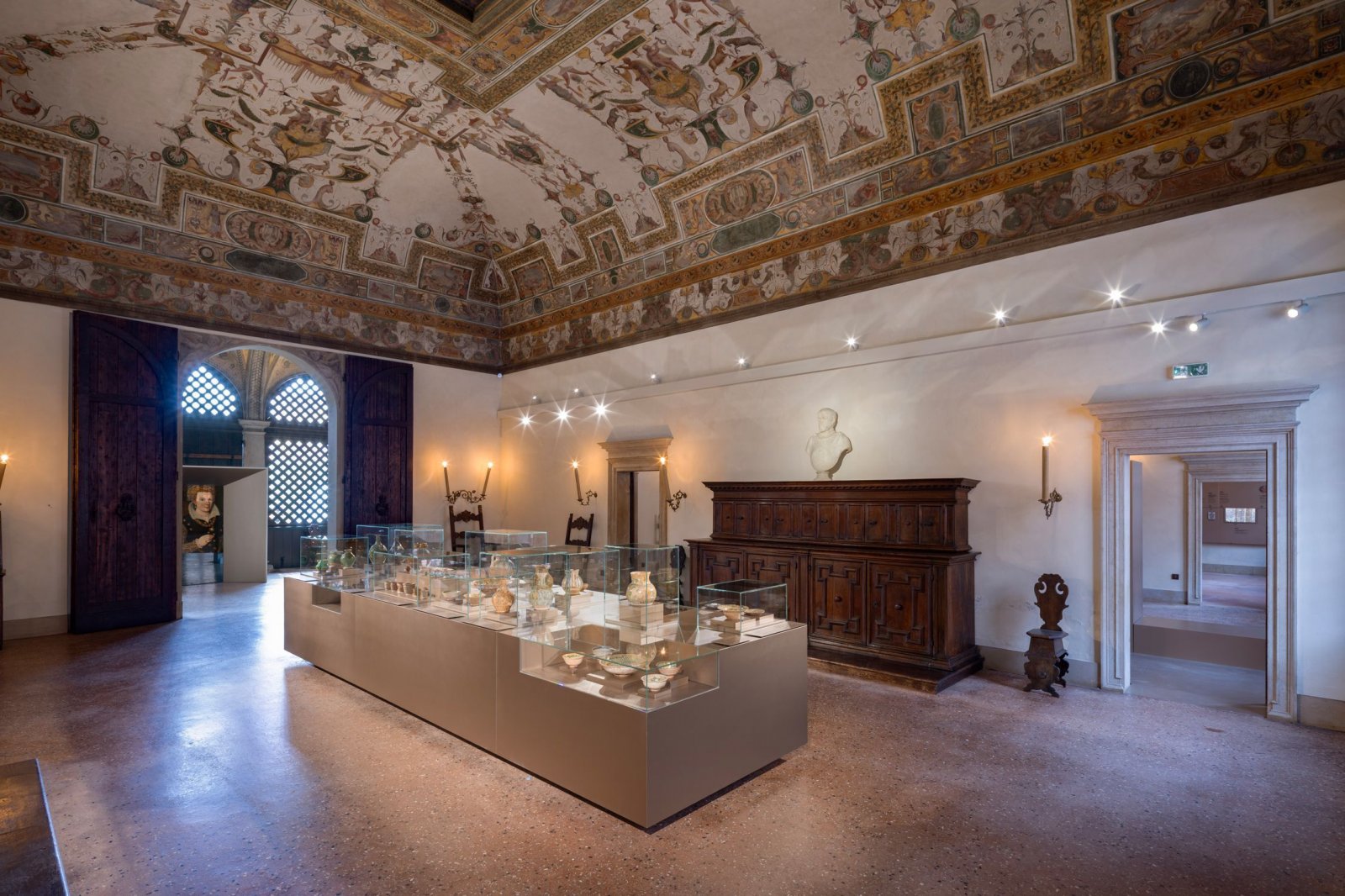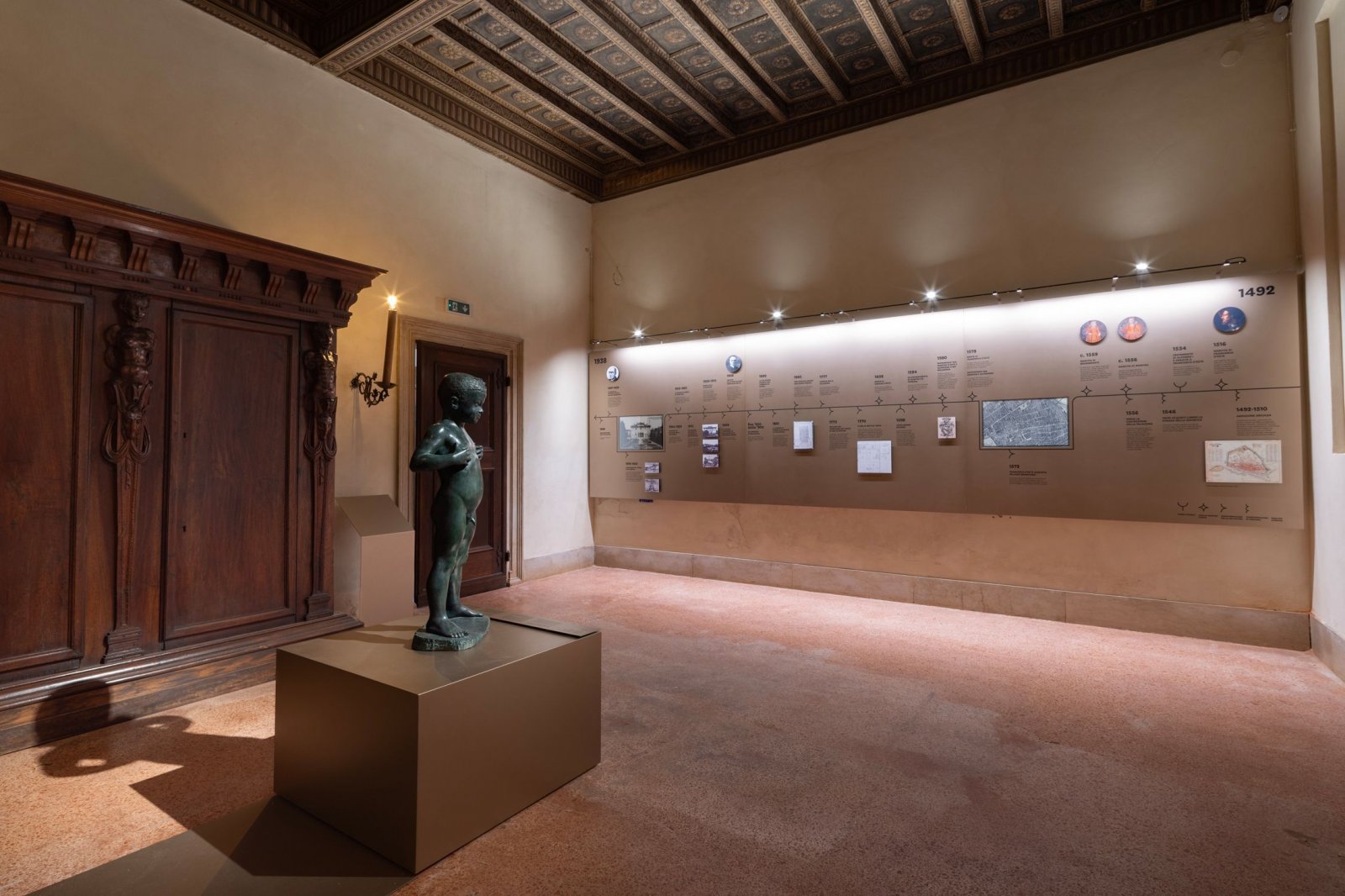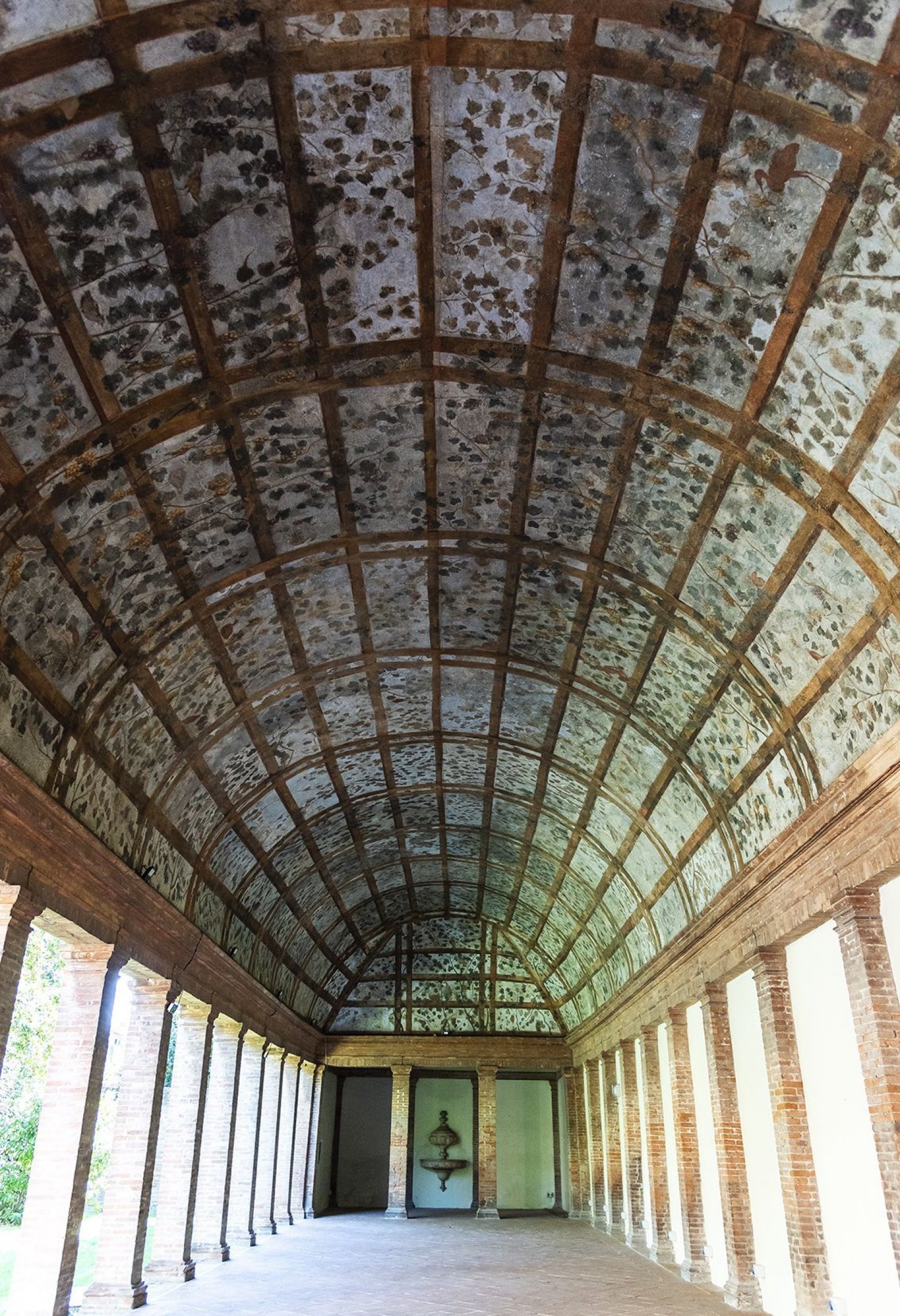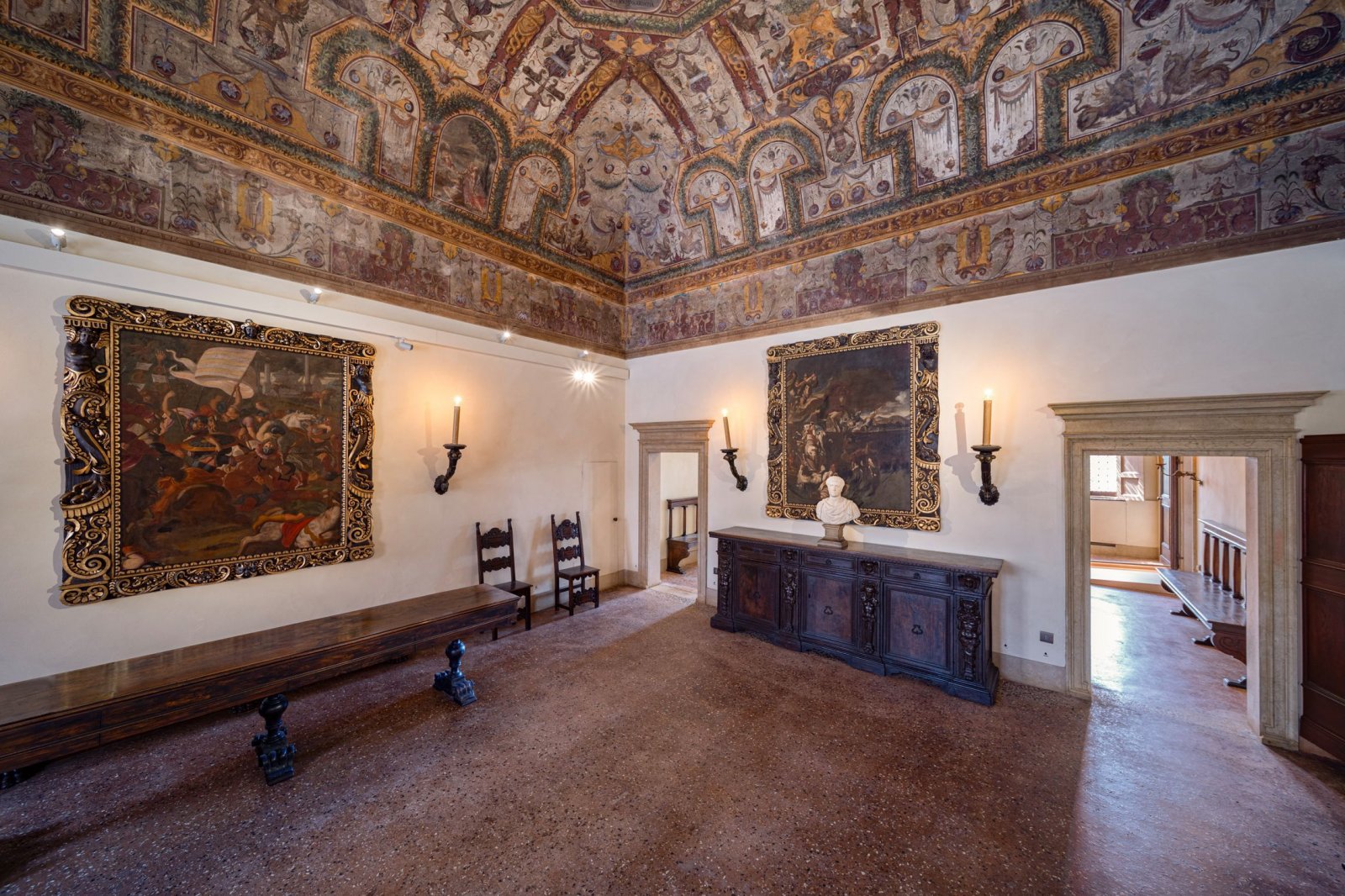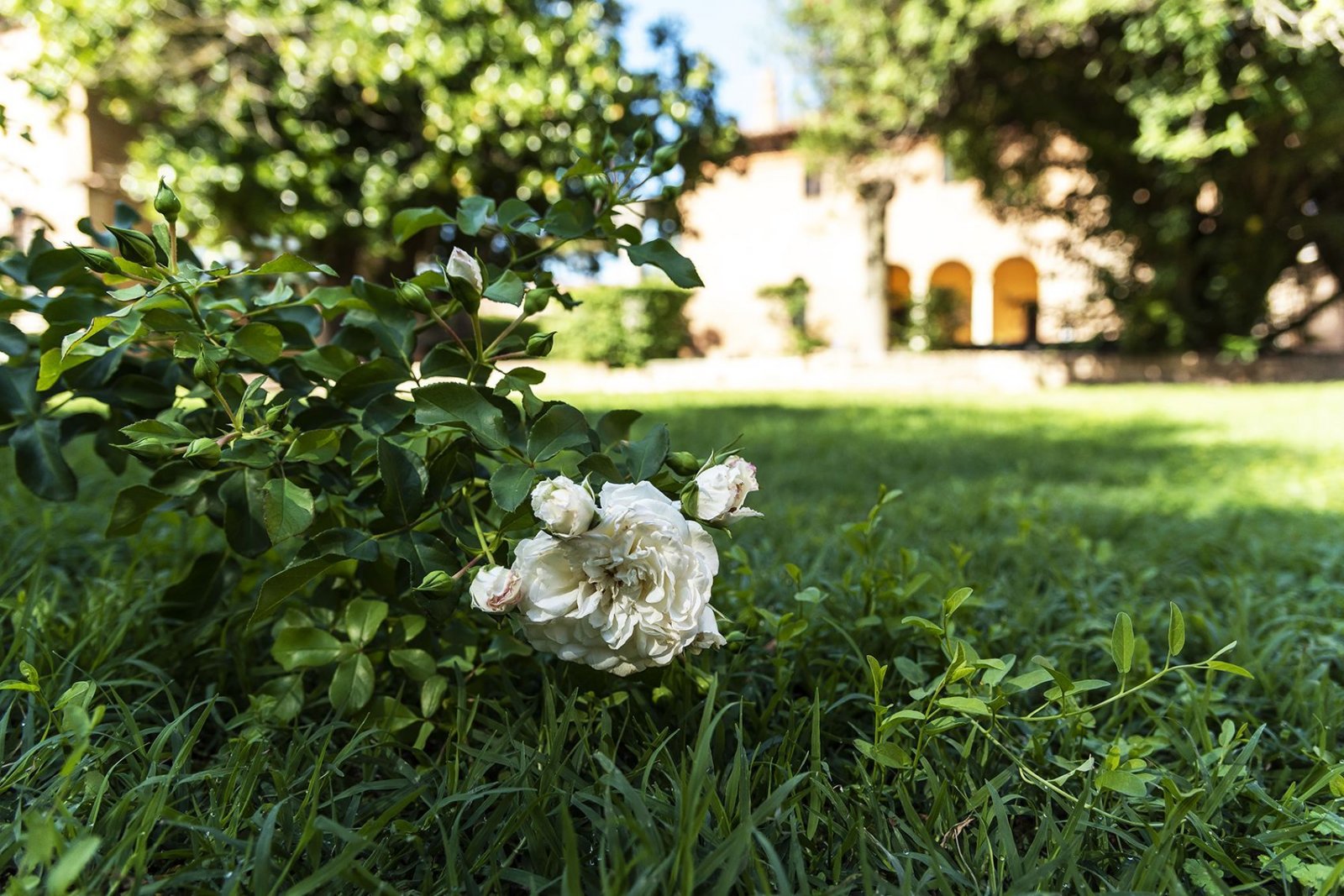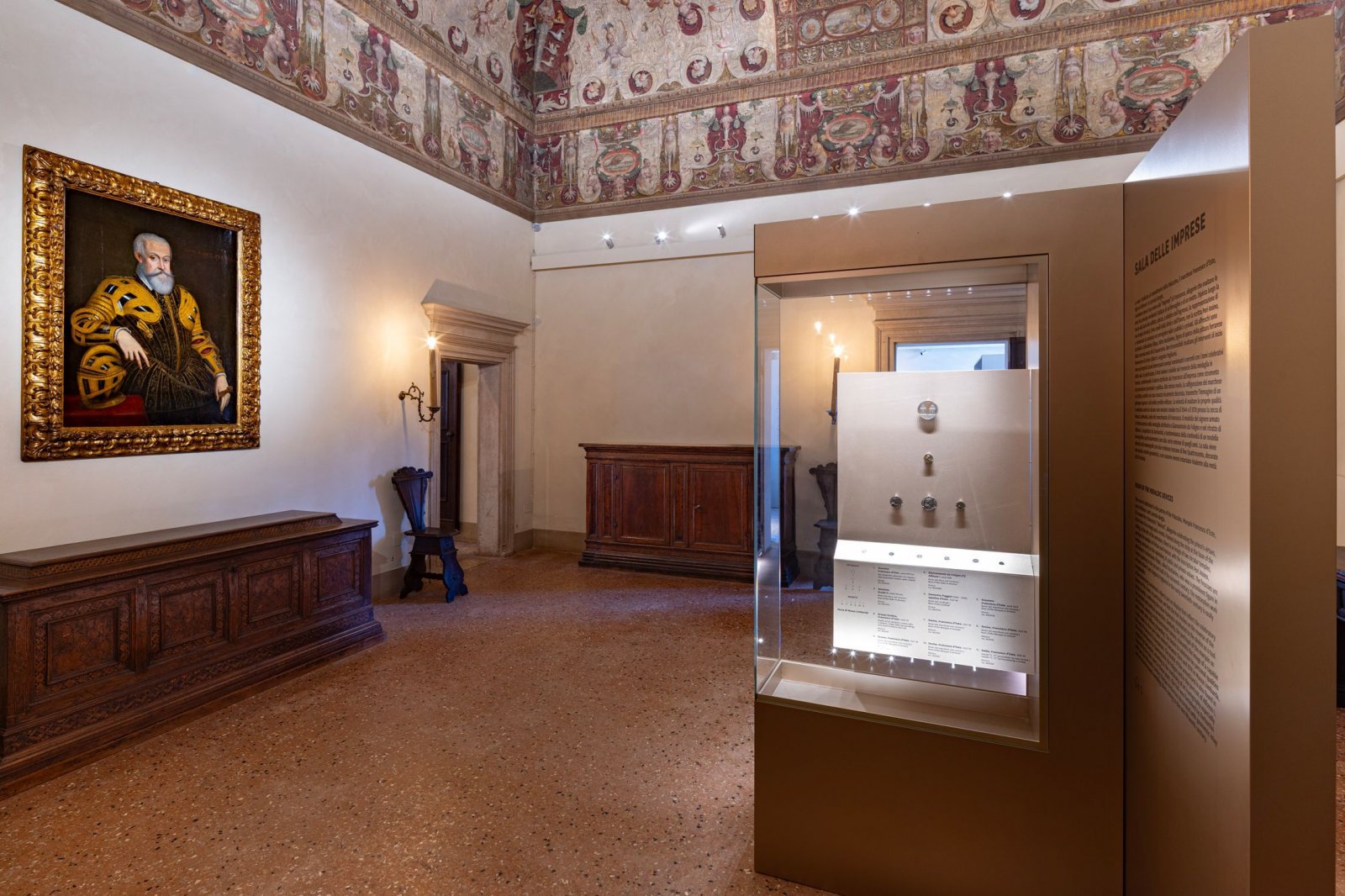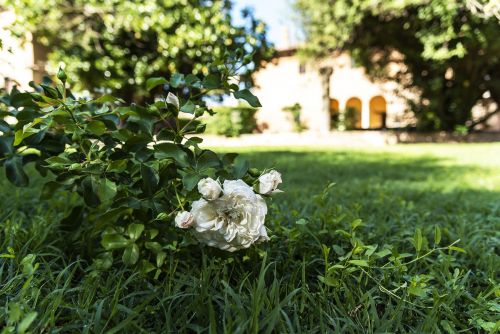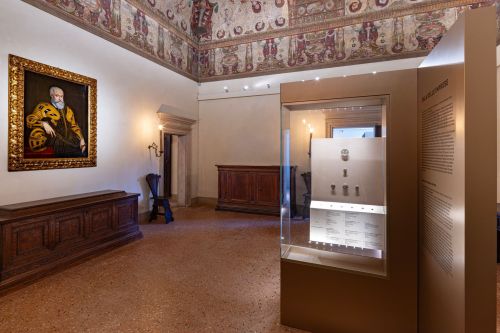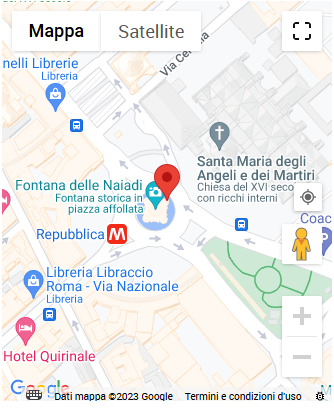Must-see because...
- It is one of Ferrara’s most elegant Renaissance residences, linked to the fascinating figure of Marfisa d’Este.
- You can immerse yourself in original 16th-century interiors, enriched with furniture, paintings, and ceramics from the city’s collections.
- It offers a renewed museum itinerary, combining history, art, and curiosities through a modern and accessible display.
- It preserves the loggia with its painted vine trellis and the Italian-style garden, unique spaces that bring the life of the Renaissance court to light.
- Here you can uncover stories, collections, and details that bring Renaissance Ferrara vividly to life.
Potrebbe interessarti anche


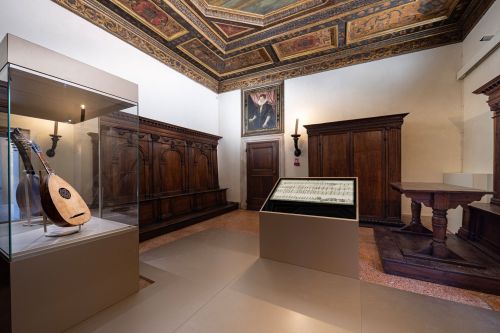
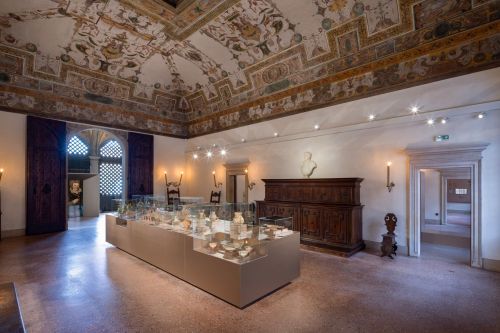
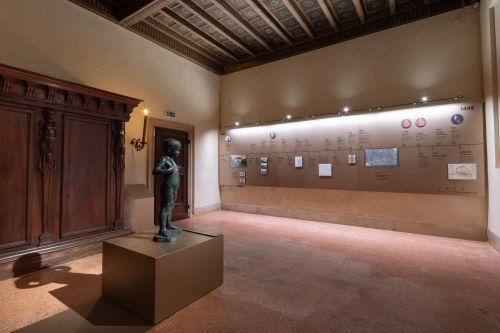
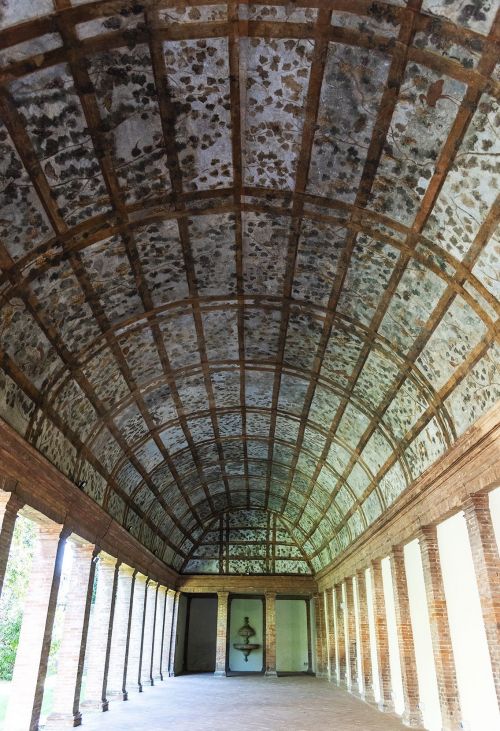
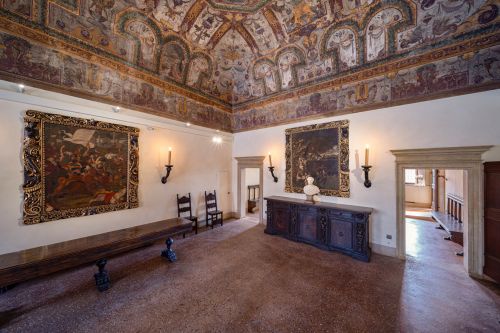
ph. interni Luca Gavagna
Palazzina Marfisa d’Este
A jewel of the Ferrarese Renaissance, the Palazzina Marfisa d’Este is one of the most fascinating noble residences of the 16th century. Its brick façade on Corso Giovecca conceals a rear garden, once connected to other aristocratic palaces and enriched with elegant loggias decorated with vine motifs, often used as a backdrop for theatrical and musical performances.
Historical Notes
Built by Francesco d’Este, son of Alfonso I and Lucrezia Borgia, the residence was inherited by his daughter Marfisa, a cultured and strong-willed woman who made the palace her private retreat. She was the only member of the Este family to remain in Ferrara after the Devolution of the city to the Papal States, a choice that enhanced her reputation as an independent and determined figure. After her death in 1608, the Palazzina entered a long period of decline and changes of ownership, until it became a civic museum in 1935.
The Visit
After careful restoration and refurbishment, the Palazzina today welcomes visitors in a renewed setting. The museum itinerary highlights the civic collections, guiding visitors through paintings, ceramics, furniture, and period objects. The new display harmoniously combines the original museographic project by Nino Barbantini in the 1930s with contemporary exhibition solutions.
The layout takes into account the building’s complex historical layers and, for the first time, puts the historic collection in dialogue with works from the numismatic and ceramic holdings of the Museums of Ancient Art and the Este Foundation. Great attention has been given to accessibility and clear interpretation, allowing everyone to immerse themselves in the history and art of Renaissance Ferrara.
With the Museum-MIX App, the visit becomes an interactive and immersive experience: with a simple click, visitors can access a wide range of content and, thanks to augmented reality, dive fully into the atmosphere of Ferrara’s great Renaissance.

ph. Luca Gavagna
You May Not Know…
TASSO'S PREMIER Beneath the loggia of the Palazzina Marfisa d’Este, theatrical and musical performances were often staged. According to some sources, this was the very place where Torquato Tasso’s Aminta (1573) was performed for the first time — the pastoral drama that captivated audiences of the era and, centuries later, inspired Giacomo Leopardi.
ANACHRONISMSM IN THE GARDEN In 1951, the fountain at the center of the garden was adorned with the Putto by Giuseppe Virgili, a sculpture created in 1935 and purchased by the Municipality. The work was restored in 1998, but in 2006 it was replaced with a replica by Ferrarese sculptor Maurizio Bonora, while the original was moved inside the Palazzina to ensure its preservation.
Must-see because...
- It is one of Ferrara’s most elegant Renaissance residences, linked to the fascinating figure of Marfisa d’Este.
- You can immerse yourself in original 16th-century interiors, enriched with furniture, paintings, and ceramics from the city’s collections.
- It offers a renewed museum itinerary, combining history, art, and curiosities through a modern and accessible display.
- It preserves the loggia with its painted vine trellis and the Italian-style garden, unique spaces that bring the life of the Renaissance court to light.
- Here you can uncover stories, collections, and details that bring Renaissance Ferrara vividly to life.



